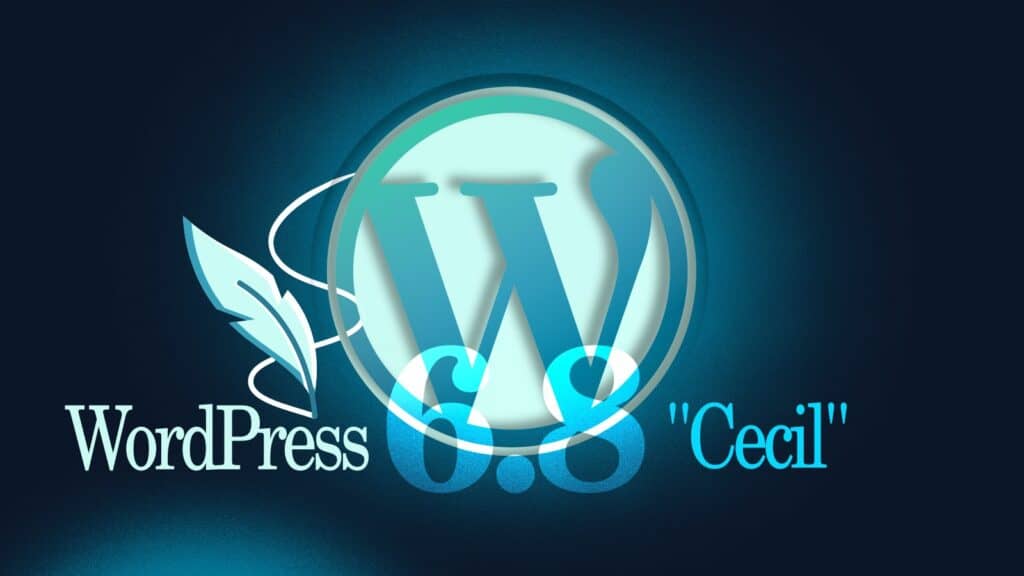WordPress, the most popular content management system (CMS) worldwide, powering over 40% of all websites, has just released its latest update, v6.8, codenamed “Cecil,” honoring Cecil Taylor, the legendary pianist and jazz pioneer revered for his boundary-pushing improvisations.
The new version refines the essential tools that site owners and developers rely on daily. For starters, the newly revamped Style Book, which boasts a structured layout and cohesive labeling system, makes it easier than ever to alter colors and typography.
Moreover, it works with classic editor-style themes or a “theme.json” file. This improvement ensures that users can customize their sites quickly and efficiently, all under the “Appearance” > “Design” tab.
WordPress 6.8 also introduces a fascinating addition known as Speculative Loading. This feature cleverly anticipates which page a visitor might load next by preloading that content in the background. As a result, both casual readers and regular admins can expect near-instant navigations, with little to no effort required from the site owner.
Because older browsers can’t utilize this function, they simply skip it with zero negative consequences. For those who like to fine-tune their setups, it’s also possible to configure Speculative Loading further with a plugin or custom code.
Moreover, the new release fortifies password security with bcrypt hashing, a method specifically designed to resist brute-force attacks and keep user credentials locked down tight.
From an editor’s standpoint, WordPress 6.8 delivers plenty of under-the-hood improvements. There are easier ways to explore Data Views, and a new option allows the exclusion of sticky posts from the Query Loop. Additionally, accessibility advancements—over a hundred of them—address everything from navigation menu management to the labeling system.
Lastly, database optimizations, query caching, and faster block-type registration conspire to quicken workflows so editors and site managers can enjoy minimal lag. The Interactivity API takes its first bow, moving WordPress closer to providing interaction times under 50 milliseconds.
The release announcement provides more information about all changes. Of course, remember to back up your website before running any WordPress updates.
If you’re eager to dive into the new features, check out our “How to Install WordPress with Docker” guide. It’ll help you set up your WordPress instance in no time so that you can get started quickly. Happy blogging!
